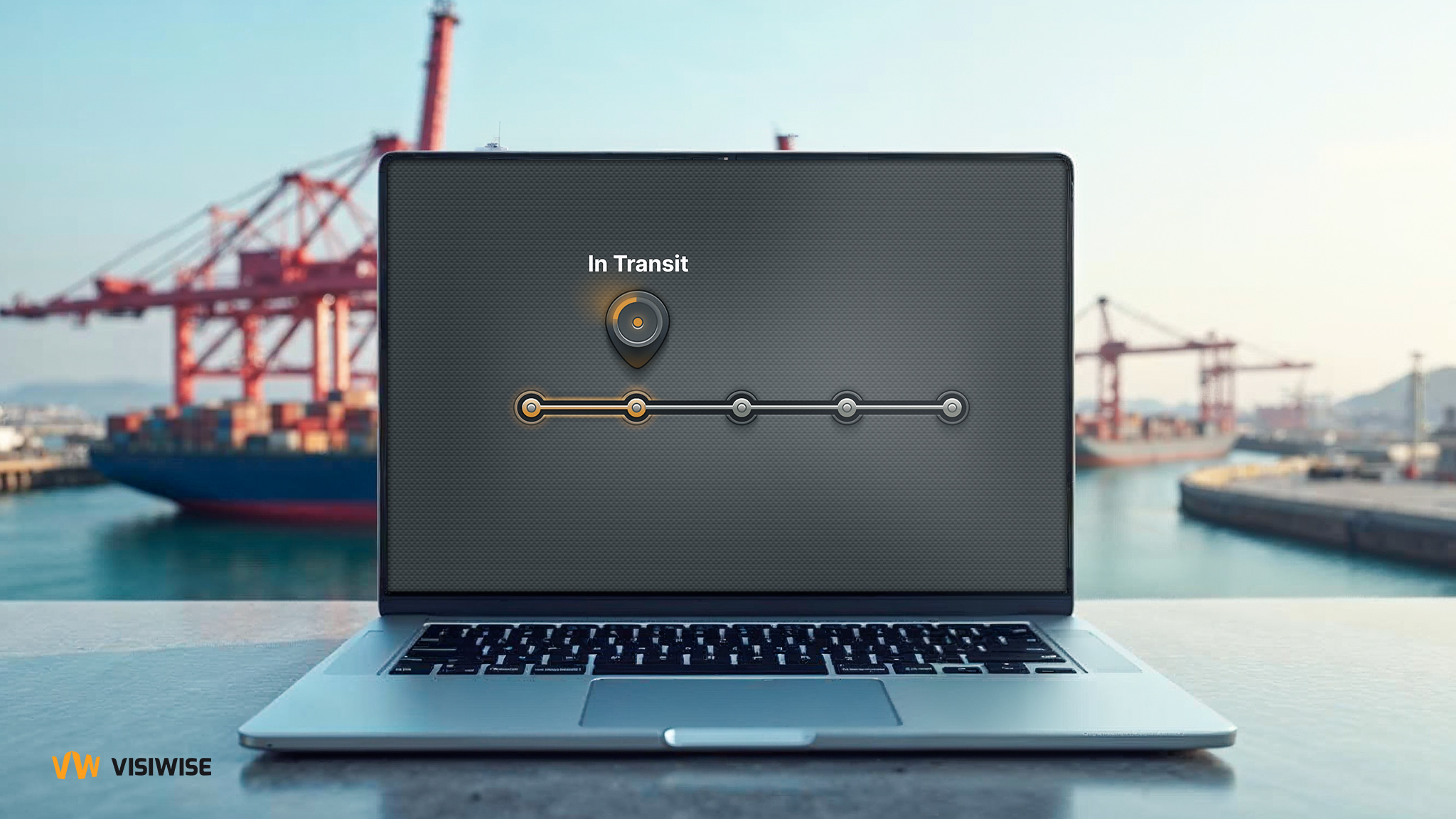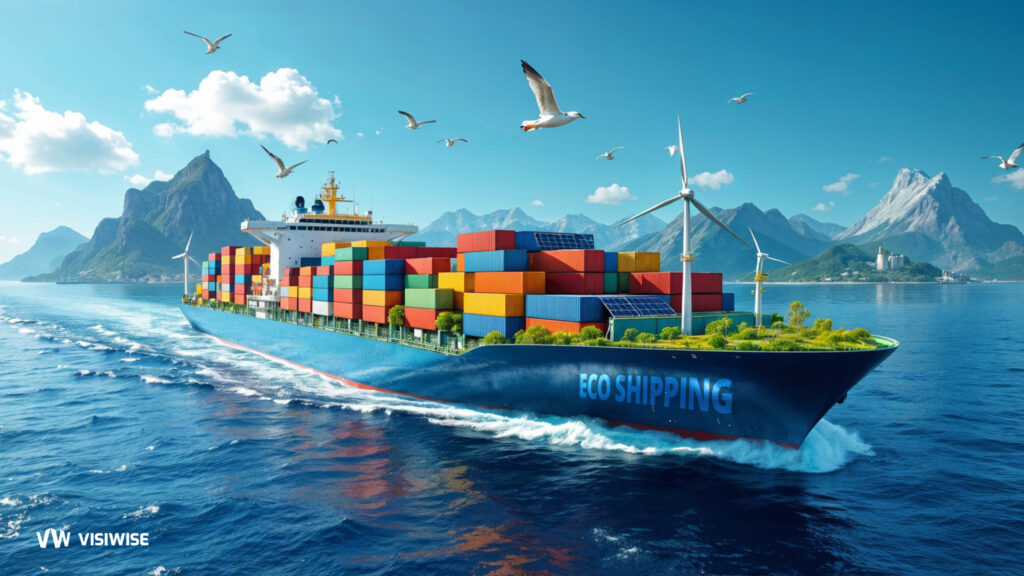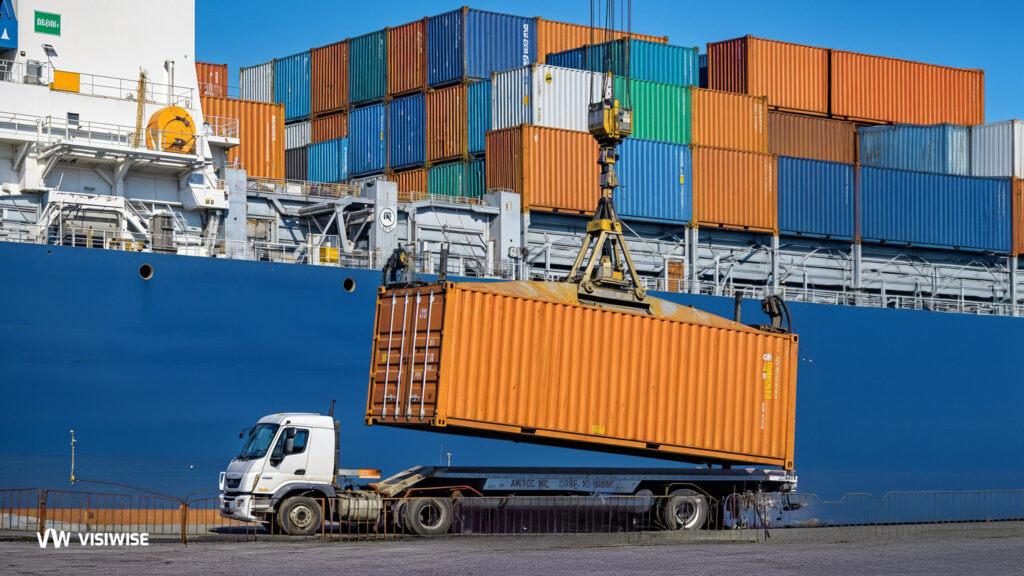Ever wondered what’s really going on with a package from the moment it leaves the warehouse to the second it ends up on your front porch? For most of us, it’s a no-brainer: shipped from the warehouse, delivered to the customer. And it sounds simple enough, doesn’t it?
And while that assumption isn’t completely inaccurate, there is so much that goes on behind the scenes. There are several stages between “shipped” to “delivered” that go largely unnoticed.
For e-comm merchants, this knowledge can become a game-changer. You can simultaneously improve communication with your customers and use important moments in the delivery process to drive repeat sales.
Consider the “In transit” status: something to which all of us are no strangers. But have you ever paused to wonder: what does “In transit” really mean?
Understanding ‘In Transit’
When an item is described as “in transit,” it’s part way delivery to its final destination. Basically, it’s going through the shipping process, usually moving among distribution centers. After the package has been dispatched and processed at the carrier’s first facility, they arrive at this stage as part of the standard delivery process.
At this point, the package has been picked up by a courier and is on its way to the next step in the delivery process, typically a warehouse. But “in transit” doesn’t always mean the package is actually moving. Occasionally, that means it’s sitting idle in a facility, awaiting the next leg of the journey while still being labeled in transit (oftentimes accompanied by a note for clarity).
In the case of international or long-distance shipments, the package may move through several facilities or checkpoints during transit to the final destination. Every stop along the way — even if the package isn’t actively traveling — still gets counted in the “in transit” section of the lifecycle.
This essentially means that any package traveling within the carrier’s network, or sitting in a sorting facility waiting for its next step, is considered in transit. For example, FedEx explains that unless there is any delay — something like one involving customs or logistics — a package should still be delivered on its scheduled delivery date.
If you have questions about anything that could cause a package delay in this stage, we’ll cover it in the next section.
What’s the difference between “in transit” and “out for delivery”?
“In transit” simply indicates that your package has left the shipping company’s distribution center and is on the way to the recipient’s address — and it doesn’t always mean it’s in a moving delivery truck or ship. It might be sitting in one of the courier company’s depots, just waiting for the next scan or step in the process.
“Out for delivery,” on the other hand, is typically the final leg the package takes before arriving to you. This status usually happens when your package reaches the last processing center or the local post office, and the delivery vehicle is getting ready to go and deliver it to your address.
Consider it this way: for instance, “In transit” covers the trip from New York City to Boston, and “out for delivery” describes the final leg, from a local facility (like a FedEx facility in Boston) to your front door.
Additional Steps for International Shipments Marked “In Transit”
For international shipments marked “In Transit,” note that there are further steps and considerations, including:
Overseas Shipping: The package may be transported by truck, air, or sea depending on the distance and options selected. Due to the distances involved, this phase can take longer than domestic transit.
Customs Clearance: All international packages are required to clear customs in both the country of origin and the destination country. Inspection — This process involves inspection and verification to ensure that the shipment meets import and export compliance checklists.
Customs Delays: Packages can be held up by customs. The length of these delays will vary based on how many shipments are being worked on, and the nature of the items shipped.
Custom Duties and Taxes: Depending on the laws of the destination country, the receiver may be liable to pay appropriate customs duties or taxes on the received item. If payment is due upon receipt, these fees can also impact the delivery timeline.
Multiple Carriers: International shipments usually involve several carriers. This is particularly the case when your package crosses from one country to another, when it might be transferred from one courier’s hands to another. As a result, the tracking updates may vary.
Local Compliance: A pack shall be in adherence with destination country local laws and regulations. This could include prohibitions on certain products or special labeling rules.
Delivery: When the package clears customs and any applicable duties are paid, it is forwarded to full delivery in the destination country, just like any domestic shipment.
The procedures for international “In Transit” phases tend to be more time-consuming and involved with more steps to follow, so they entail proper planning and compliance with international shipping rules.
Common Misconceptions About ‘In Transit’
A common misconception of “in transit” is thinking that a package is always moving toward its final destination. In fact, it means that a package is on its way — which, within the carrier’s network, may involve being held at a warehouse or sorting facility, rather than necessarily being on the road in a delivery vehicle at that precise moment.
Other faulty assumptions of “in transit” are that:
Immediate delivery:
“In transit” does not mean that a package is scheduled to arrive the same day or even in a short time frame — it just means it is in motion.
Always moving:
Some people consider that when a package status reads “in transit,” it means it is always in motion, but it could be awaiting further processing at a distribution center.
Exact location tracking:
Tracking systems do offer updates, but “in transit” doesn’t necessarily tell you where a package is at any particular moment.
What are the factors that affect transit times?
Here are several factors that can influence how long your package stays “in transit”:
- Shipping method: Unless there are rare instances where replacements are sent, the preferred shipping method is selected by the customer placing the order. If they’ve selected a faster shipping option than standard shipping, then there is a low in transit time on their orders
- Distance: It’s a no-brainer. Longer distances naturally take more time. Picture this: you’ve ordered from your favorite brand, which is based out of San Francisco and you’re living in Atlanta. The package, shipped out by the e-commerce brand, would reach the carrier’s facility in Frisco first, make its way to their facility in Atlanta, and only then be ready for delivery
- Carrier efficiency: Different carriers have varying levels of speed and reliability. For instance, a carrier who is known for their speed advertises their in transit times between the standard 1-5 days. While some carriers would focus on realistic timelines and highlight their in transit times of 3-7 days
- Unexpected delays: Bad weather, the package being held at customs, or unforeseen circumstances like labels found to be damaged in the sorting facility or the package getting lost in transit, can all lead to an increase in transit times
What to Do If Your Package Is ‘In Transit’ for an Extended Period
Keep an eye on tracking info to see if your package is still en route, and if it’s spending more than a reasonable time “in transit,” your best bet is to reach out directly to the shipping carrier (or, in some cases, the seller) to inquire about the delay, and to find out where exactly your package is; if the delay seems significant, it can also pay to reach out to customer service so they can investigate and, if your package is insured, potentially file a claim.
Key steps to take:
Check tracking details:
Tracking the package at the website of the shipping company shows you if there is any progress received on the delivery of your package.
Contact the seller/shipper:
If you notice that the package has not yet reached its destination, contact the seller or shipping company with your tracking number to inquire about the delay and possible factors for why it may have been in transit for so long.
Consider the timeframe:
Some delays are to be expected, depending on shipping distance and method, but if a package has been “in transit” significantly longer than estimated delivery time, it’s time to investigate further.
Check for potential issues:
- Hiccups in the customs area: For international shipments, sometimes delays are caused by the customs clearance.
- Weather: Bad weather can delay deliveries.
- Fix address mistakes: Make sure the delivery address is accurate.
Contact customer service:
However, if the information is not available to you, contact the shipping company’s customer service and ask where is the package and why it may be delayed.
File a claim (if insured):
If your package is insured and you think it may be lost, you can file a claim with the shipping company according to its policies.
Important points to remember:
Be patient:
Delays are sometimes due to unforeseen circumstances, so allow shipping some time to investigate and only escalate the issue if necessary.
Keep records:
Keep a record of your tracking information, as well as correspondence with the seller or carrier and relevant dates.
Local post office visit:
For domestic shipments, you may also stop by your local post office to see if they have any additional details about your package.
Final Remarks
Shipping notifications, including “In Transit,” are meant to keep customers informed and with peace of mind about their orders. Getting to know what these statuses mean and what factors can influence delivery times is helpful to set reasonable expectations and anxiety avoidance. You can also take proactive measures to avoid long delivery times by being patient and staying in the know.
While saying “in transit” may not be the most informative update, it indicates your package is on its way and will soon be delivered. So, the next time you see “In Transit” in the details of your package’s tracking information, you can know precisely what to expect and how to address any potential delays.
FAQs
What does in transit mean in delivery?
Furthermore, “in transit” describes a parcel that is headed toward the recipient’s address but hasn’t arrived at the final step of delivery. It may be in different sorting locations, warehouses, or even modes of transportation.
How long is a package in transit?
The amount of time a package is in transit relies on multiple things such as the distance to be traveled, the carrier itself, and shipping delays along the way. But it usually takes between a few days to a few weeks—international shipments, in particular.
Does ‘in transit’ mean that it’s out for delivery?
“in transit” doesn’t mean a package is out for delivery. “In transit” means it’s still on the way, and “out for delivery” is the final stage, and means the package is on its way to your address.
What does “in” in “in transit” mean?
The in part of "in transit" means that the package is in the process of being transported from one place to another — i.e., still en route.
Does “in transit” mean it’s coming today?
Not necessarily. “In transit” means that the package is still working its way through the shipping process. It doesn’t guarantee it will arrive today unless it’s marked “out for delivery.”
Why has my package been in transit but not out for delivery?
A package can also be in transit but not out for delivery because of processing delays, transportation-related issues, or because the package is still at a sorting facility. It just means the package is still en route and not yet in the delivery stage.
So “in transit” means it’s on the way?
Yes, “in transit” does mean that the package is on its way, but that it’s still working its way through the shipping process. It means the package is being transported but has yet to reach delivery status.



